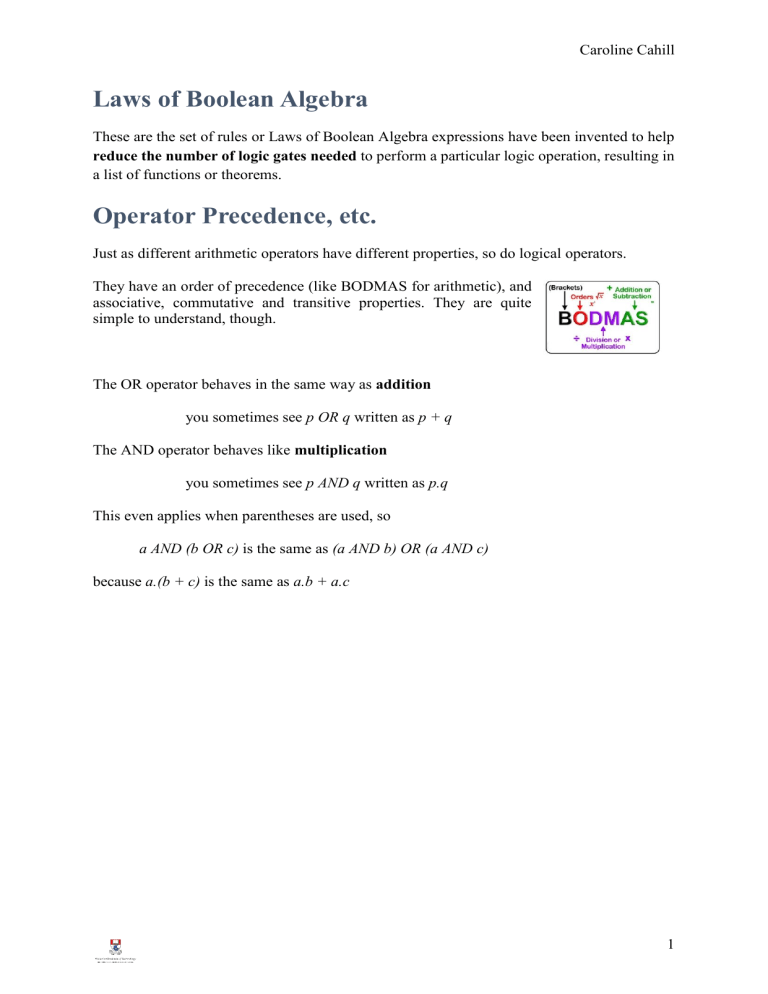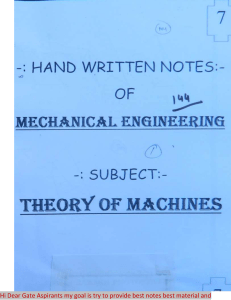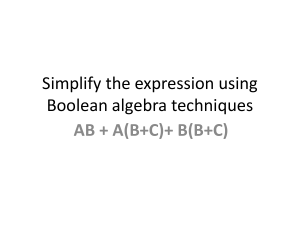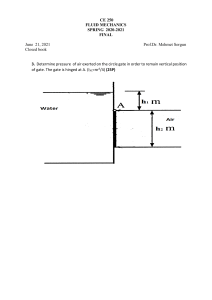
Caroline Cahill Laws of Boolean Algebra These are the set of rules or Laws of Boolean Algebra expressions have been invented to help reduce the number of logic gates needed to perform a particular logic operation, resulting in a list of functions or theorems. Operator Precedence, etc. Just as different arithmetic operators have different properties, so do logical operators. They have an order of precedence (like BODMAS for arithmetic), and associative, commutative and transitive properties. They are quite simple to understand, though. The OR operator behaves in the same way as addition you sometimes see p OR q written as p + q The AND operator behaves like multiplication you sometimes see p AND q written as p.q This even applies when parentheses are used, so a AND (b OR c) is the same as (a AND b) OR (a AND c) because a.(b + c) is the same as a.b + a.c 1 Caroline Cahill Figure 1The Laws of Boolean Algebra Laws of Boolean Algebra Applied Example 1 TIP: it might be worthwhile re-writing these examples and applying the Laws to them yourself to get a deeper understanding of each step given here 2 Caroline Cahill Laws of Boolean Algebra Applied Example 2 All Boolean operators can be combined to create complex Boolean expressions. No matter how complicated they become, and how many operators they use, they will always evaluate to either True or False. De Morgan's Laws A mathematician named DeMorgan developed a pair of important rules regarding group complementation in Boolean algebra. There are circumstances when you might want to turn your ANDs into ORs, or vice-versa. One situation where you might want to do this is in the construction of electronic logic circuits, where an AND can be represented using transistors. De Morgans laws allow you to do this. Inverting all inputs to a gate reverses that gate’s essential function from AND to OR, or vice versa, and also inverts the output. 3 Caroline Cahill An OR gate with all inputs inverted (a Negative-OR gate) behaves the same as a NAND gate an AND gate with all inputs inverted (a Negative-AND gate) behaves the same as a NOR gate DeMorgan’s theorems state the same equivalence in “backward” form: that inverting the output of any gate results in the same function as the opposite type of gate (AND vs. OR) with inverted inputs DeMorgan’s theorem: breaking a long bar symbol DeMorgan’s theorem may be thought of in terms of breaking a long bar symbol. When a long bar is broken, the operation directly underneath the break changes from addition to multiplication, or vice versa, and the broken bar pieces remain over the individual variables. For example: Note that De Morgan’s Law was applied twice 4 Caroline Cahill Simply put, a NAND gate is equivalent to a Negative-OR gate, and a NOR gate is equivalent to a Negative-AND gate. In the real world: An AND gate is made from a NAND gate followed by an inverter An OR gate is made from a NOR gate followed by an inverter 5 Caroline Cahill Boolean algebra finds its most practical use in the simplification of logic circuits. If we translate a logic circuit’s function into symbolic (Boolean) form, and apply certain algebraic rules to the resulting equation to reduce the number of terms and/or arithmetic operations, the simplified equation may be translated back into circuit form for a logic circuit performing the same function with fewer components. If equivalent function may be achieved with fewer components, the result will be increased reliability and decreased cost of manufacture. Exercise 1. Law Here’s a worked example of how you might demonstrate the Identity 6 Caroline Cahill What does the following circuitry demonstrate? Simplifying Circuits using Laws of Logic: Reduce the expression to its simplest form means that the fewest gates will be needed to implement The final expression, B(A + C), is much simpler than the original, yet performs the same function. 7 Caroline Cahill Exercise 2. d 0 0 0 0 1 1 1 1 If you would like to verify this, you may generate a truth table for both M s L 0 0 0 0 1 0 1 0 1 1 0 0 0 1 1 0 1 1 expressions and determine Q’s status (the circuits’ output) for all eight logic-state combinations of A, B, and C, for both circuits. Are the two truth tables identical?? How to derive a truth table and Boolean Expression from simple problem statements PROBLEM STATEMENT: If it is dark and a motion sensor detects a person on the front porch, or if the switch is on, then turn on the porch light POSSIBLE SOLUTION: Here, there are 3 INPUT variables: INPUTS: 1. A sensor that detects dark (d) 2. A sensor that detects motion (m) 3. If the switch is on (s) OUTPUT: 1. A switch to turn on/off the porch light (L) Complete the truth table Learning Boolean Algebra is like learning to ride a bike, or to juggle. You may read all the reference material you like but you won't understand it until you get in and start doing. 8




